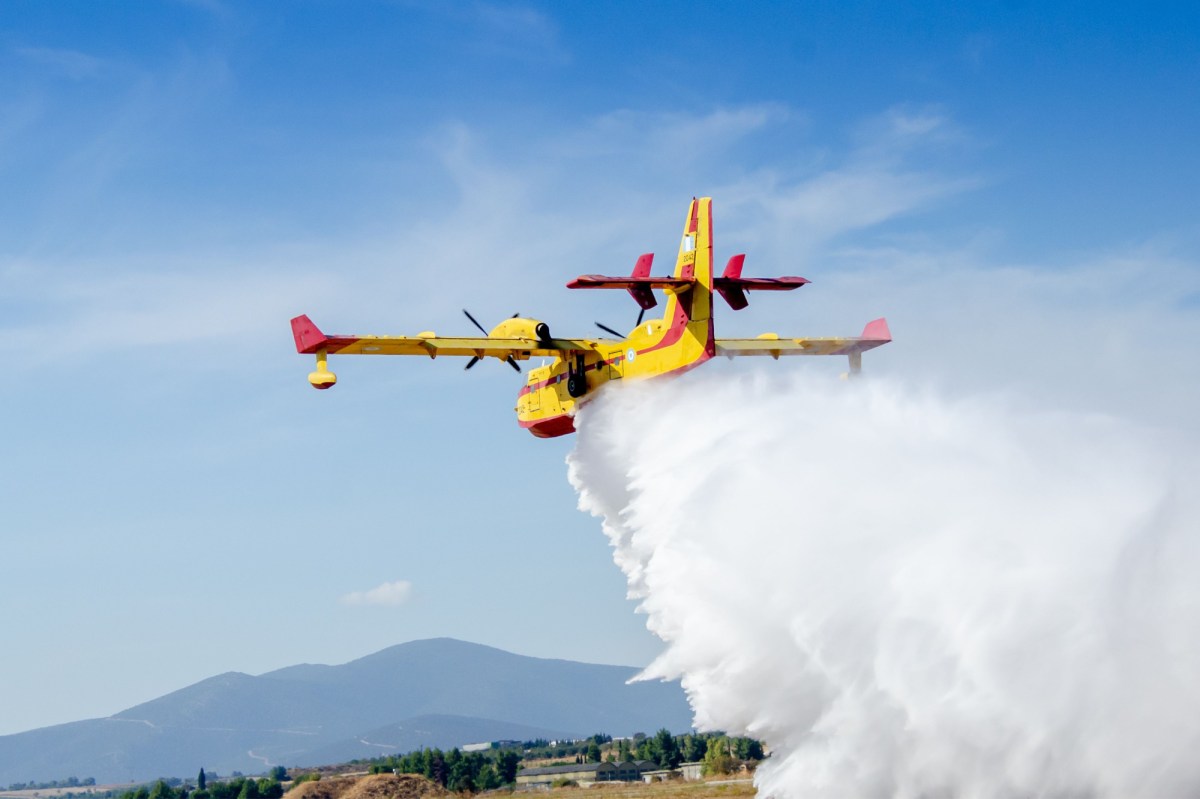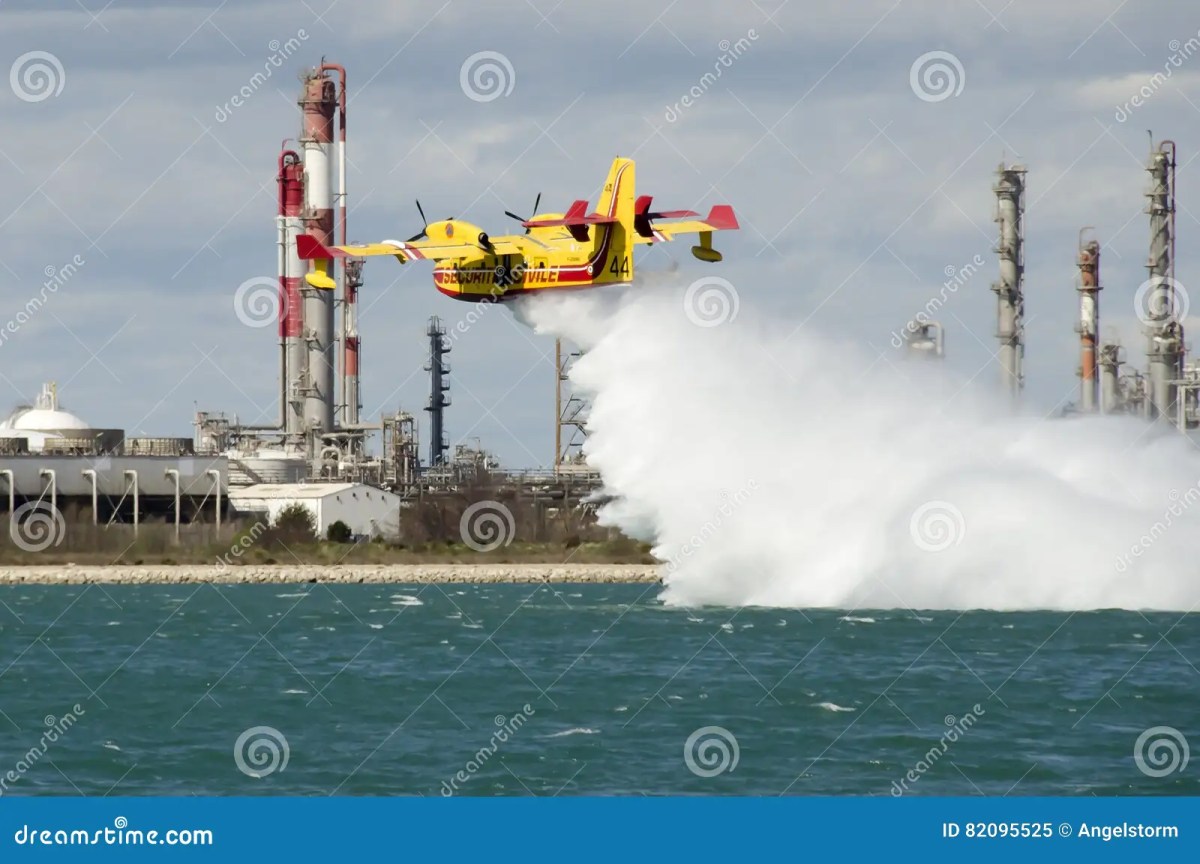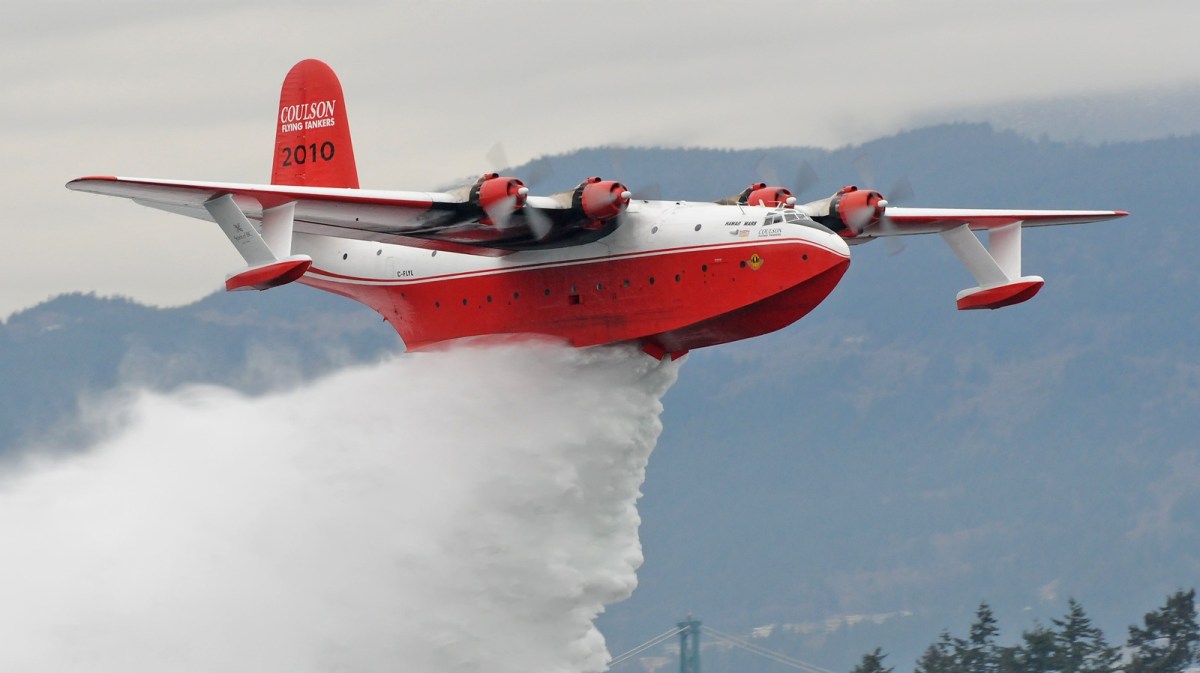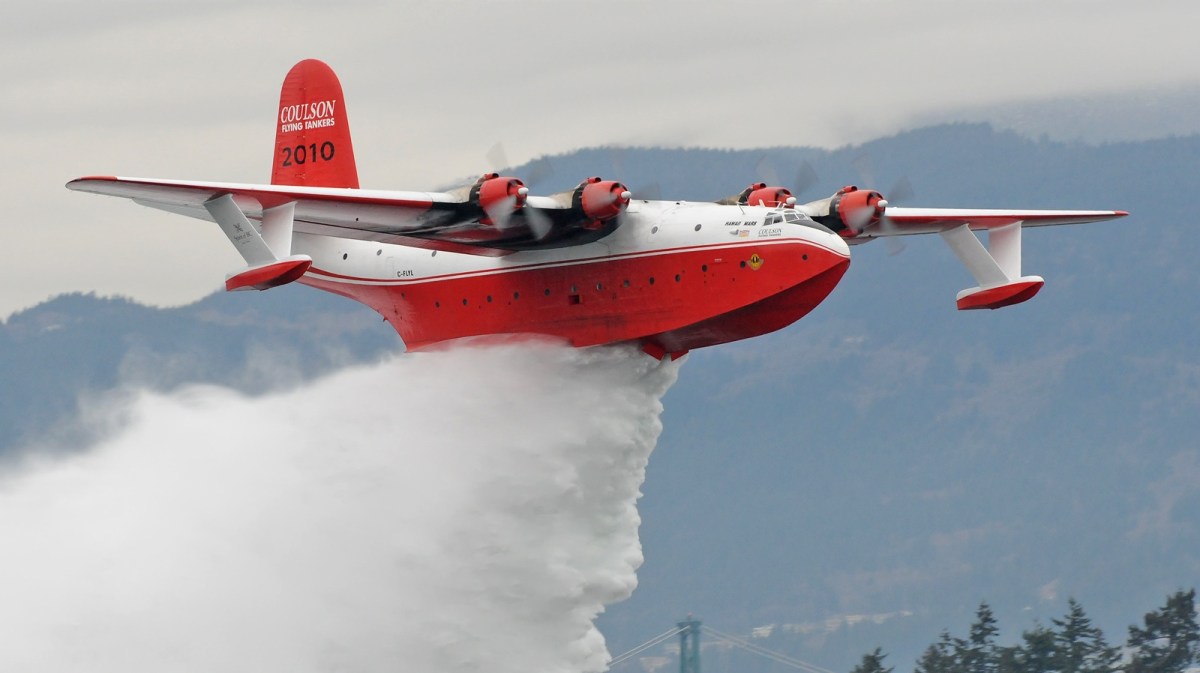Canadian Super Scooper planes, the CL-215 and its successor the CL-415, are iconic aerial firefighters renowned globally for their unique water-scooping capabilities. These aircraft aren’t just planes; they’re highly specialized tools designed to rapidly and efficiently combat wildfires. Their history is rich with technological advancements, from their initial design to ongoing modifications that continuously improve their effectiveness in battling raging infernos.
Let’s dive into the fascinating world of these airborne heroes.
This exploration will cover the evolution of these incredible machines, detailing their operational capabilities, deployment strategies in wildfire suppression, maintenance procedures, and their overall economic and environmental impact. We’ll also look at the future of these crucial firefighting assets and how technology might further enhance their role in protecting communities and ecosystems from devastating fires.
Okay, so you’re thinking about those awesome Canadian Super Scooper planes, right? Their incredible firefighting capabilities are partly thanks to advanced aerial mapping and real-time data analysis. This often involves powerful graphics cards, like the nvidia geforce rtx 5070 ti , which could help process the massive amounts of visual information needed for efficient fire suppression.
Ultimately, the data helps pilots make strategic decisions to effectively deploy the Super Scoopers.
Canadian Super Scoopers: Aerial Firefighting Giants: Canadian Super Scooper Plane
The Canadian Super Scooper aircraft, renowned for their unique water-scooping capabilities, have become indispensable tools in global wildfire suppression. These aircraft, primarily the Canadair CL-215 and its successor the CL-415, represent a pinnacle of aerial firefighting technology, boasting impressive performance and a rich history of service.
History of Canadian Super Scoopers
The story of the Super Scooper begins with the Canadair CL-215, first flown in 1969. This aircraft, designed specifically for water bombing, revolutionized wildfire fighting. Its innovative water-scooping system allowed for rapid refills, maximizing efficiency. The CL-415, introduced in 1993, built upon the CL-215’s success, incorporating significant technological advancements for enhanced performance and safety. These improvements included more powerful engines, increased payload capacity, and improved handling characteristics.
Key technological advancements throughout their lifespan included the development of more robust airframes, improved flight control systems, and the integration of advanced avionics for enhanced navigation and situational awareness. The transition from analog to digital systems significantly improved the aircraft’s operational capabilities and safety.
A timeline of significant events:
- 1969: First flight of the Canadair CL-215.
- 1970s-1980s: Widespread adoption of the CL-215 by firefighting agencies worldwide.
- 1993: First flight of the Canadair CL-415.
- 2000s-Present: Continued production and upgrades to the CL-415, with ongoing improvements in efficiency and safety features.
| Feature | CL-215 | CL-415 |
|---|---|---|
| Maximum Takeoff Weight | 16,500 kg (36,376 lb) | 19,000 kg (41,888 lb) |
| Water Capacity | 2,720 L (719 US gal) | 6,137 L (1,620 US gal) |
| Engines | Pratt & Whitney Canada PT6A-6 | Pratt & Whitney Canada PW123AF |
| Cruise Speed | 210 km/h (130 mph) | 250 km/h (155 mph) |
Operational Capabilities and Specifications

The Super Scooper’s unique water-scooping mechanism involves a low-speed, precise approach to a water source, where a hinged scoop is lowered to collect water. The scoop is then raised, and the water is contained within the aircraft’s tanks. The process is remarkably efficient, allowing for rapid refills and quick turnaround times during firefighting operations.
The CL-415 boasts a maximum speed of approximately 250 km/h (155 mph), a range exceeding 1,000 km (620 miles) depending on payload and weather conditions, and a significant payload capacity of over 6,100 liters of water. Its performance is largely unaffected by moderate winds and can operate effectively in varied terrains, from lakes and rivers to reservoirs.
Diagram illustrating the water-scooping process:
Deployment and Use in Wildfire Suppression

Super Scoopers have played a crucial role in numerous significant wildfire events globally. Their rapid response capabilities and high water-carrying capacity make them invaluable assets in coordinated firefighting efforts. Strategic deployment involves coordinating with ground crews and other aerial assets to ensure effective and efficient fire suppression.
Canadian Super Scoopers are awesome firefighting aircraft, known for their unique water-scooping ability. However, even these powerful planes face modern threats, as highlighted by a recent incident where a careless drone operator nearly caused a disaster; check out this article about a drone hitting a water bomber drone hits water bomber. This underscores the importance of responsible drone operation near emergency response aircraft like our Canadian Super Scoopers.
Advantages of Super Scoopers include their speed, high water capacity, and ability to operate from various water sources. Limitations include their susceptibility to adverse weather conditions (e.g., strong winds, low visibility) and the need for access to suitable water sources near the fire.
Countries utilizing Super Scooper aircraft:
- Canada
- France
- Greece
- Italy
- Spain
- United States
Maintenance and Technological Advancements, Canadian super scooper plane
Regular maintenance for Super Scoopers includes meticulous inspections of the airframe, engines, and water-scooping system. Specialized technicians perform regular checks and preventative maintenance to ensure operational readiness. Recent technological upgrades have focused on improving the aircraft’s avionics, enhancing safety features, and optimizing water-scooping efficiency.
Flowchart illustrating the maintenance process:
Economic and Environmental Impact

Utilizing Super Scoopers offers significant economic benefits by reducing property damage, protecting infrastructure, and minimizing the long-term costs associated with uncontrolled wildfires. While water usage is substantial, the impact is generally considered minimal compared to the scale of wildfires and the potential environmental damage from uncontrolled fires. Fuel consumption is a factor, but advancements in engine technology are constantly improving fuel efficiency.
| Factor | Super Scooper | Alternative Method (e.g., Ground Crews) |
|---|---|---|
| Cost per operation | [Insert estimated cost] | [Insert estimated cost] |
| Water Usage | [Insert estimated water usage] | [Insert estimated water usage] |
| Environmental Impact (CO2 emissions) | [Insert estimated CO2 emissions] | [Insert estimated CO2 emissions] |
| Effectiveness | [Qualitative assessment] | [Qualitative assessment] |
Future of Canadian Super Scoopers
Future developments may include the integration of advanced materials for lighter and stronger airframes, improved engine technology for enhanced fuel efficiency, and the incorporation of AI-powered systems for autonomous flight operations in specific scenarios. Challenges include the ongoing need for skilled maintenance personnel and the adaptation to changing wildfire patterns influenced by climate change.
The future role of Super Scoopers in global wildfire suppression efforts is expected to remain significant, with continued technological advancements and increasing demand for efficient and effective aerial firefighting capabilities. The potential for collaboration with drone technology for reconnaissance and supplementary water drops is also a promising avenue for future development.
Conclusive Thoughts
From their humble beginnings to their current status as indispensable firefighting tools, Canadian Super Scooper planes represent a remarkable story of innovation and dedication to wildfire suppression. Their ability to rapidly scoop water and deploy it directly onto fires makes them incredibly effective, and ongoing advancements promise even greater efficiency and safety in the future. The legacy of these aircraft extends far beyond their impressive technological capabilities; they symbolize a global commitment to protecting lives, property, and the environment from the devastating effects of wildfires.
Commonly Asked Questions
How long does it take a Super Scooper to scoop water?
A Super Scooper can scoop a full load of water in about 12-15 seconds.
What is the typical lifespan of a Super Scooper?
Canadian Super Scoopers are awesome firefighting aircraft, known for their unique water-scooping ability. Their effectiveness is often compared to other aerial firefighting methods, and you can see a great example of that in action by checking out this article on fighting LA fires from plane: la fires from plane. Understanding different approaches to wildfire suppression, like those used in California, helps us appreciate the specialized role of the Canadian Super Scooper even more.
With proper maintenance, a Super Scooper can have a service life of several decades.
Are Super Scoopers used only for wildfires?
While primarily used for wildfires, Super Scoopers can also be used in other situations requiring large-scale water drops, such as flooding emergencies.
How many Super Scoopers are currently in operation worldwide?
The exact number varies, but there are several dozen still actively fighting fires across the globe.
